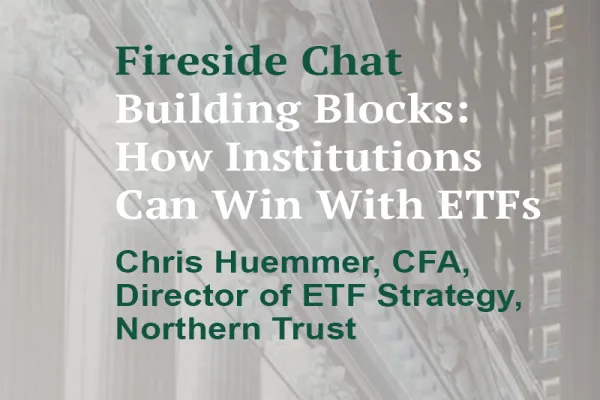Some asset managers are paying nearly three times as much as their peers for research from brokers and banks — for essentially identical service.
A new survey from Substantive Research reveals that there is a massive range in what managers are willing to pay for sell-side insights, but little clarity on market pricing.
“We're trying to help people get an understanding of where they’re paying,” said Mike Carrodus, CEO of Substantive Research, a firm that compares investment research products. “You don’t want to be the meanest payer. You don’t want to be miles ahead of anyone else. It's completely legitimate to pay for research with a value-driven overlay.”
The findings come at an important time: The United Kingdom’s Financial Conduct Authority is considering re-bundling investment research and execution costs -- five years after they were separated by MIFID II. Before the regulatory framework took effect, banks and brokers would charge fees to asset managers that included the price of their research. The European Union law required these banks and brokers to unbundle the research from their brokerage fees to bring transparency to the market.
MIFID II hasn’t exactly provided transparency, though. Managers are still naming their price on research — and it varies wildly.
Substantive Research surveyed 60 firms with total assets under management of more than $14 trillion to find out just how widely. Of those surveyed, 60 percent were based in Europe and the rest in North America.
Large asset managers are paying up to 190 percent more than their rivals for comparable research services from the same broker, according to the study. On average, the difference is 70 percent.
Smaller managers saw less deviation. Some paid 160 percent more than others, but the average differential was 45 percent.
Why the huge differences?
Part of the answer lies in how this market operates. Managers set a budget for how much they’d like to spend on research, either by choosing an overall amount and portioning it out to the best available teams or by calculating a price based on analyst meetings and other perks provided.
By paying more, managers ostensibly get better services, such as more meetings with the brokerage analysts or having their calls picked up first by those teams. But there’s a limit to what researchers can provide above their baseline offerings.
When managers name prices that are too deemed low by the sell side, brokers rarely walk away. Instead, the brokers tell the managers they will receive “tier two service,” according to Carrodus. Most managers, he said, are willing to accept that.
Money managers don’t want to be too frugal for their own good when it comes to paying for investment research. But what has happened — in the absence of price transparency — is that some are vastly overpaying.
The cost differences tend to be more prevalent among bulge bracket and “premium” research-driven brokers, which had 60 percent ranges of pricing inconsistency. Meanwhile, niche sell-side firms had ranges of 49 percent.
“Every price is simply a product of a bilateral negotiation, which is why it’s been so difficult to understand what you should be paying,” Carrodus said.







